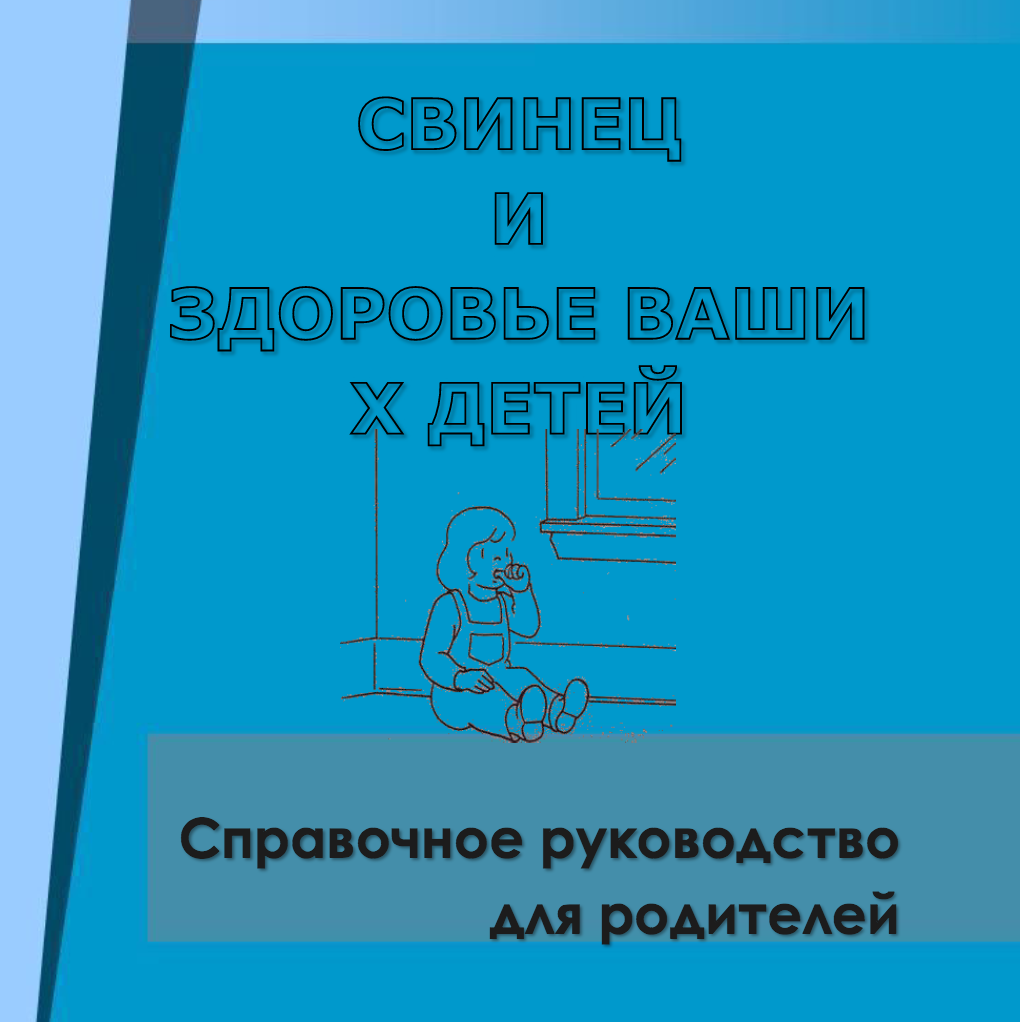Bolivia
A number of education materials were made in association with the ASGM Borax Training and NGO Capacity Building Project in central Bolivia. Beginning in October 2014, the project sought to encourage mercury-free mining practices among the artisanal gold miners of the region, and asses the viability of Borax as an alternative to mercury. The materials were produced by Plagbol, one of Pure Earth’s Bolivian partners.
Russia
Russian educational materials were created for the Dalnegorsk-Rudnaya Project. Conducted from May 2007 through December 2012 in collaboration with the Far Eastern Environmental Health Fund and Terragraphics Environmental Engineering, the project sought to reduce the toxic concentration of lead left by mining activities in the Rudnaya River Valley in Eastern Russia. The materials were later distributed in other areas of Russia, as well as Shymkent, Kazakhstan. Similar education materials and methods were also used in Mailuu-Suu, Kyrgyzstan.
Tajikistan
In Tajikistan, many pesticide warehouses dating from the Soviet Union era are abandoned and leaching dangerous pesticides into the environment. Many of these warehouses are accessible to the public, and in residential farming areas children run and play around piles of these dangerous chemicals. In 2018, Pure Earth convened a meeting, with support from the European Union, bringing together 22 organizations across Tajikistan to receive training in environmental and health assessment methods to address the problem in their communities. This has led to the creation of education materials for the public about the health dangers of these pesticide piles. The next phase of the project will include the assessment of toxic sites in multiple regions so that priorities can be set for action.
Vietnam
Community education was a primary component in Pure Earth’s work during the Dong Mai Village Project in Vietnam. The project, spanning from August 2013 to September 2014, sought remediate a severe epidemic of lead poisoning in Dong Mai Village, Chi Dao Commune, Van Lam District Vietnam. The village had become a toxic site over decades of informal car battery processing in the area. During this process, lead plates are removed from battery casings by hand and cleaned of lead oxide and sulfide dusts that have accumulated on their exteriors. These dusts are very fine and easily inhaled. The project resulted in a decline in blood lead levels in all age groups and at all levels of exposure.
Zambia
Public education materials were given out in Zambia during the first phase of the Pilot Lead Remediation Project in Kabwe from August to December 2015. Lead mining and smelting operations were run almost continuously in Kabwe for over 90 years without adequately addressing the potential contamination. The project team conducted a comprehensive environmental assessment in Kabwe, in order to understand where the persisting lead hotspots are within the community and to identify relevant exposure pathways. Then, as part of a plan to conduct targeted pilot interventions, the team carried out blood lead level testing and cleanup efforts, starting with the most severely contaminated neighborhoods and prioritizing children’s health and safety.


















